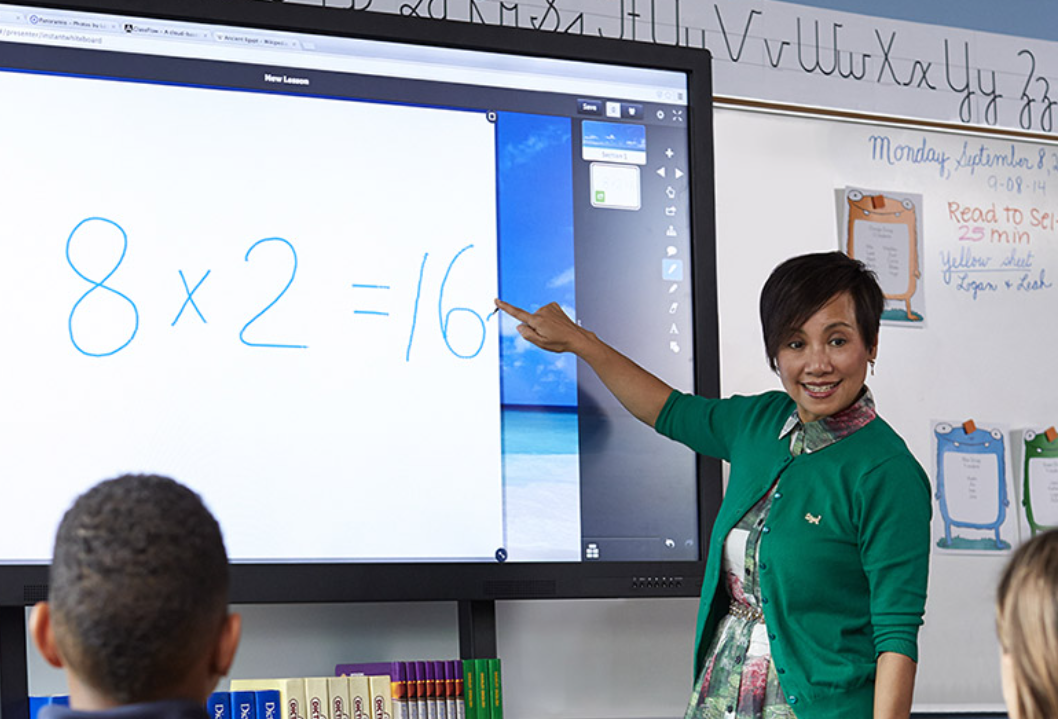Are you ready for some serious learning? Through this post, we are going to introduce you to an interactive flat panel display. This post is part of a series on digital signage software. The innovative development of flat-panel display systems has resulted in a revolution in the way that both businesses and individuals handle interactive displays.
As a matter of fact, when you get right down to it, there is no other choice but to use an interactive display system. This is something that you need to understand when it comes to dealing with any type of interactive panel display.
A display system emphasizes being user-friendly, and it might sound like something out of science fiction, but the reality is that people are starting to use these in their homes.
Use a stylus to navigate
You will not be able to use your finger to navigate on an IFP, so make sure you get acquainted with using a stylus before class starts. It may feel awkward at first, but once you get used to it, it’s easy!
Don’t worry about damaging the screen. An IFP is made of tempered glass, so if you drop your stylus or scratch it against something else like a ruler or other metal object, it won’t leave any permanent marks behind the screen mirroring the whiteboard.
Touch with your fingers

You can use your fingers to navigate through menus or apps by tapping or swiping. To perform these actions, simply touch the screen with your finger or stylus and hold it there until the desired action happens. For example, if you want to reveal more information about an item in a list or menu, just tap it once.
When you’re ready to open an icon on the screen, simply press down on it for one second and then release your finger when prompted by the computer voice prompt.
Connecting devices to the display
An interactive flat panel display can be used with any device that has a USB port or HDMI input. This includes computers, laptops, tablets, and smartphones. You need to connect a USB cable or HDMI cable to one of the ports on your screen’s backside to get a view. For more information visit our Website.

